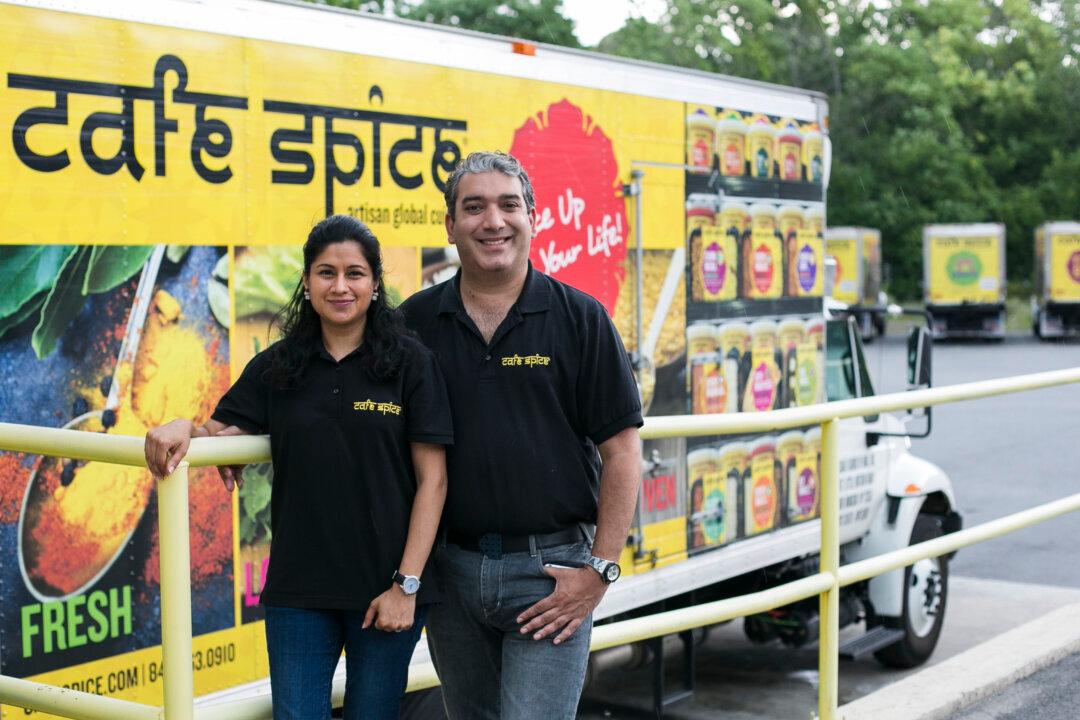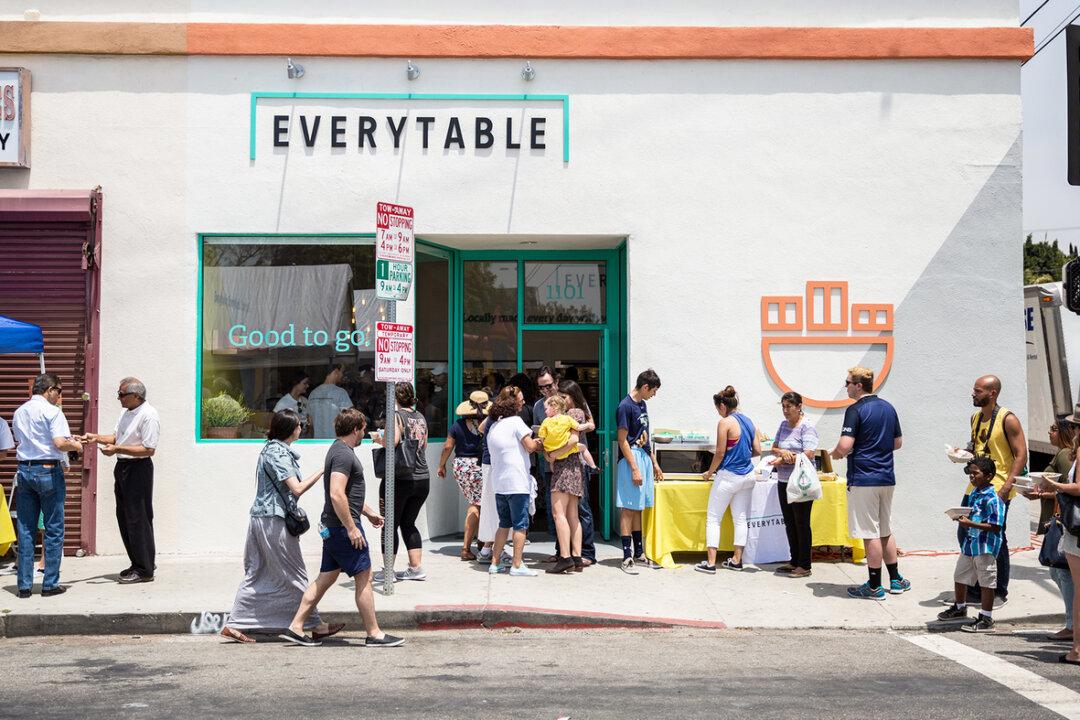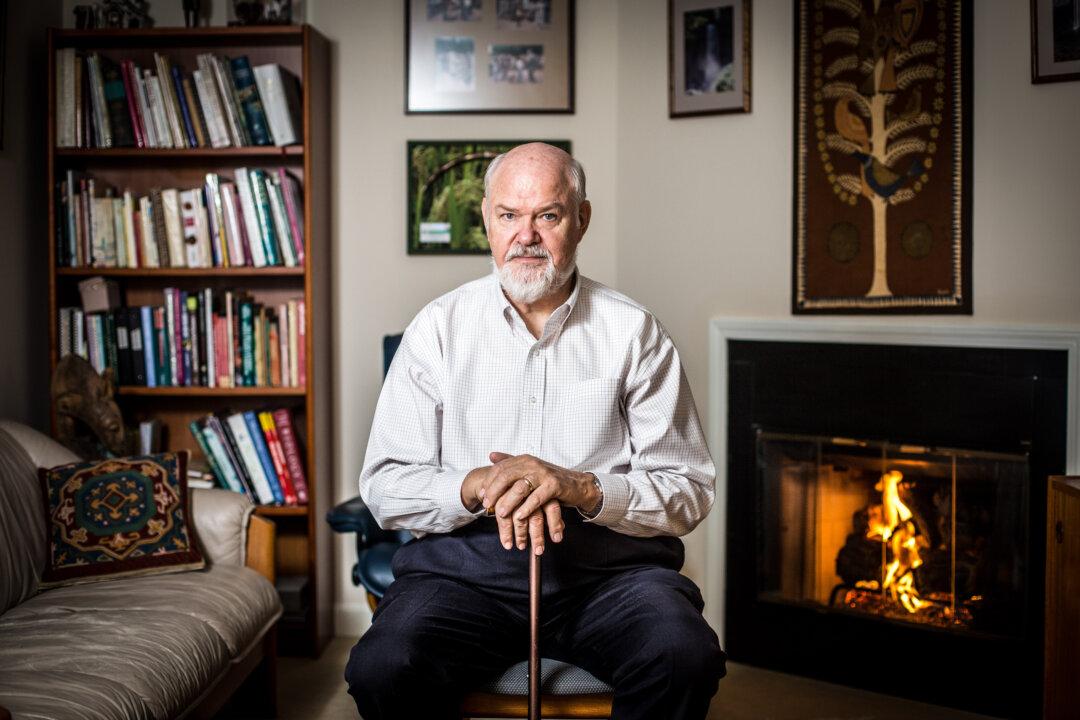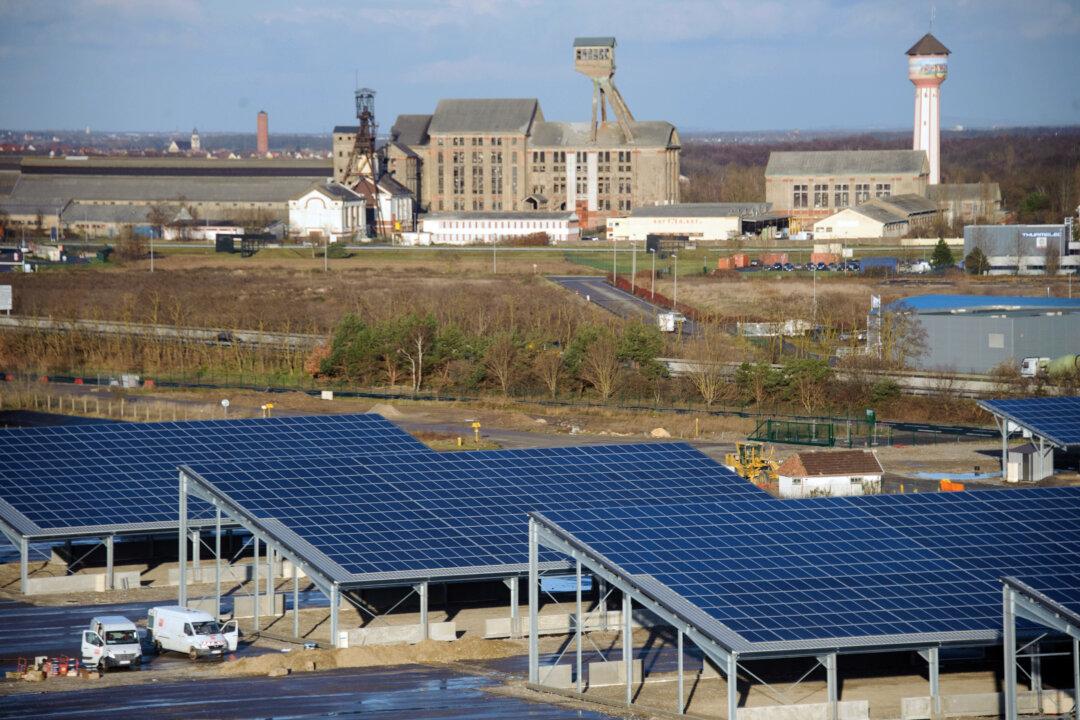NEW WINDSOR, N.Y.—Three generations of Malhotras can be credited with playing an instrumental role in putting Indian food on the map in America, most recently through the ubiquity of their retail brand Cafe Spice.
The family has been an institution in New York since 1970, when patriarch Mulkraj Malhotra left the engineering profession to start a spice trading business after immigrating to the United States.
At a time when Indian food in America registered merely as a blip characterized by overly spicy and low-quality buffet offerings, Mulkraj dreamed big. He imagined Indian food in every train station—Indian food everywhere—just like in the U.K., where chicken tikka masala was once dubbed "a true British national dish“ by former foreign secretary Robin Cook.






